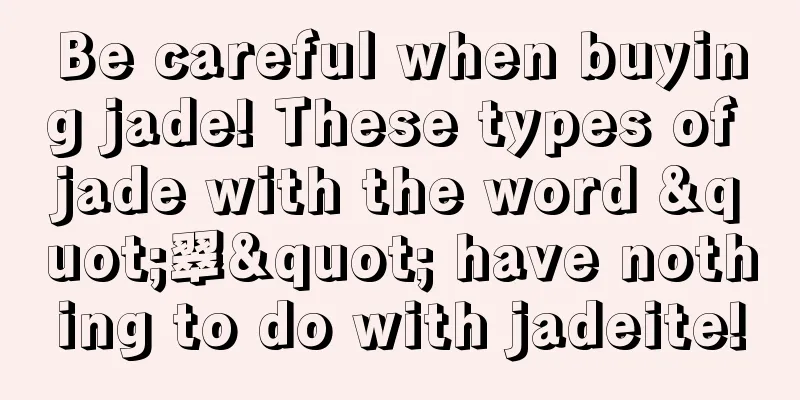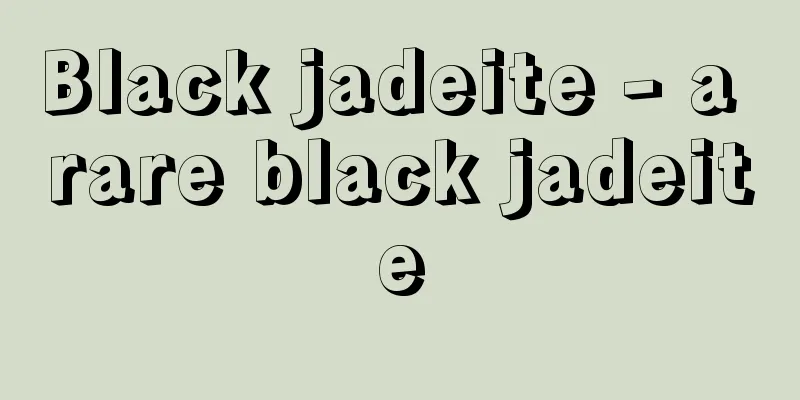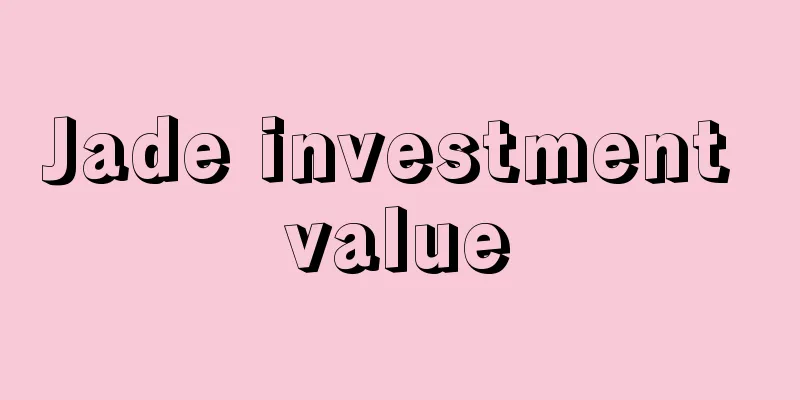Be careful when buying jade! These types of jade with the word "翠" have nothing to do with jadeite!

|
More and more people like to wear jade jewelry, but there are real and fake jade in the market, especially in the expensive jewelry and jade field. Jade is the most favored counterfeit object by illegal vendors. No one wants to spend a lot of money only to get a fake product in return. In addition to the commonly washed and dyed jadeite, there are also some natural jades that are deceived by the name of "jadeite". The natural jades that have appeared in recent years as fake jadeite have one thing in common, that is, the word "Cui" is included in their names. Don’t underestimate this word. Since it is only one word different from jadeite, many people have been deceived by fake jadeite. Today I will give you an inventory of them one by one, I hope no one will be fooled! Nanyang Cui Nanyang Jade is another name for Dushan Jade. It is characterized by its fine and warm texture, high hardness, good gloss, and overall gorgeous appearance, and is deeply loved by some jade players. The interior of Dushan jade presents a granular structure, while the interior of jadeite presents a classic interwoven structure. The difference between the internal structures of the two is very obvious. This can be seen if you observe carefully with side light. Under side lighting, jadeite appears to be intertwined and uneven, while Dushan jade appears to be particles of equal size. Qilian Green Qilian Jade is produced in Qilian County, Qinghai Province, and is also called "Qinghai Jade". The jade appears emerald green, green, light green, or slightly yellowish green, with a glassy and oily luster, and is slightly transparent to translucent. Qilian Cui looks very similar to jadeite, but unfortunately its transparency is worse than jadeite. Qilian Cui is green, but the overall color is dark, not as vivid as jadeite, and its transparency is not as high as jadeite. Friends need to pay attention when purchasing. She Taicui Shetai jade is a kind of jade produced in Inner Mongolia. Its main chemical composition is silicon dioxide (SiO2), and it has three basic colors: emerald green, white and blue. When selling it, some merchants will say that it is a new type of jade that has been recognized by many experts and is of high value. What about the reality? Its essence is a serpentine jade or quartzite jade, which has nothing to do with jadeite (the major category to which jade belongs), and it has not increased much so far. She Tai Cui is a slightly transparent body. Under normal circumstances, it can transmit light, but the objects transmitted through it cannot be seen clearly. The luster is that of glass, which has neither the crystal feeling of strong light nor the waxy texture of weak light. This is the biggest difference from jadeite. Bashan Cui Bashan jade was originally named "Ba San jade". The raw stone of Bashan jade is a "brick material" with coarse crystals, loose structure, dry water and poor bottom, but its color is relatively rich, including light purple, light green, green or blue-gray. It is a special jade with lower grade and contains minerals such as amphibole and albite. Due to structural reasons, the raw stone of Bashan jade cannot be directly used as the raw material for jade products, and its finished products need to be optimized. The structure, color, transparency, hardness, gloss, etc. of the processed Bashan jade have changed. They look crystal clear, often with blue flowers, and their low prices have deceived many people. Henan Cui Henan Jade is actually dense jade, which has a firm and delicate texture, bright and uniform color, very few impurities, and natural color. Jadeite is divided into five colors: red, white, blue, black and green. Among them, the green one is transparent and the most precious. In 1958, it was named "Henan Cui" by the Ministry of Light Industry. In terms of color, the color of dense jade is evenly distributed, but because it lacks jadeite properties, it is not bright, transparent, but very soft. The color of jadeite has a significant change, and because of its jadeite properties, it is more vivid. The density of jadeite is also lower than that of jadeite. If you weigh them of the same size, you will find that jadeite is lighter than jadeite. Ulancui Many people mistakenly think that Ulan Cui is jadeite produced in Ukraine. In fact, it is a new jade variety discovered in Xinjiang, China in the 1980s. It is named "Ulan Cui" because the block contains emerald green chromium spinel spots and is produced in the Ulan area. Ulan Cui is often used to make bracelets, ring faces, jade cabbage or other small accessories. Due to its poor gloss and poor processing performance, it is a low-grade jade material. However, Ulan Cui also has some high-quality varieties, which look very similar to jadeite from a distance. Some unscrupulous merchants often sell it as jadeite, and the price is several thousand or tens of thousands. In fact, the quality of Ulan Cui is far from comparable to that of jadeite. Guicui We have talked about Guicui before. Guicui was discovered in the Dachang layer of Qinglong, Guizhou in the 1950s. It is a new type of jade in China. Because of its bright color, warm texture and hardness close to that of jadeite, it is called "Guizhou Jade" and "Colored Jade". It is a high-end raw material for making jewelry and jade articles. Guicui has rich colors, transitioning from light blue to dark blue. High-quality Guicui is sea blue, and the best quality ones have a fine texture and dark blue color. One of the great advantages of Guicui is that its color becomes very bright after being exposed to water, and sometimes you can see alternating dark and light striped or mottled structures, which is very clever. The biggest difference between Guicui and jadeite is that the color of Guicui is mainly blue. Even the blue-green Guicui has its green color unevenly distributed. This can be noticed with the naked eye! These natural jades are not as collectible as jadeite due to their prices, but because they have a similar appearance to jadeite, they are sold as jadeite under the guise of "jade". Careful customers should pay more attention before purchasing. Of course, if a conscientious merchant tells you what material it is made of, you can also spend money to buy it, as long as the price is not too expensive!
fcgc33 fcpf18 |
<<: Let’s talk about the “fake jade” that is very popular in the market!
>>: What is the Jieyang craftsmanship in jade? What are the characteristics of Jieyang workers?
Recommend
A piece of jade waste that was used to make 7 bracelets turned out to be incredibly beautiful after being carved!
When it comes to a good piece of jade rough mater...
Why does Jet Li like jade pendants so much? You will know after reading this
Safety buckle is a very common subject in jade ca...
The jadeite raw stone that was almost discarded by the owner was processed by the carving master, and the finished product was stunning!
Jade is the most mysterious gem in the world. Jad...
Do “first-hand” and “first-hand source” in jade mean the same thing?
I believe that many jade lovers are familiar with...
These three people not only belong to the same dynasty, but also jointly promoted the development of jadeite.
Jade is not a native product of our country. Yet ...
When wearing and selecting jade Buddha pendants, you must master these little tips!
Jade Buddha pendants are a very common type of ja...
Do you dare to buy the full green jadeite that is “pieced together”?
Not long ago, a jade egg-shaped face “worth a mil...
The cultural soul of jadeite - blessing culture
Jade was introduced to China from Burma in the 16...
The beauty of jade lies in its cultural connotation
Chinese people have a natural liking for jade. Pe...
Many people buy jade in this way
The first stage of buying jade for newcomers is &...
The Origin and Meaning of Jade Ruyi
"Jade Ruyi" is a relatively special pro...
When buying jadeite, is the more transparent the better, or the more colorful the better?
People who work in the jade industry are often as...
How is the jade we wear processed step by step?
A piece of jade is very ordinary and has no speci...
Jade inlay, unique style
Under the wheel of the times, the craftsmanship a...
When choosing jadeite, is raw jade cheaper? Or is the finished product cheaper?
Buying rough jade is 30% to 50% cheaper than buyi...









